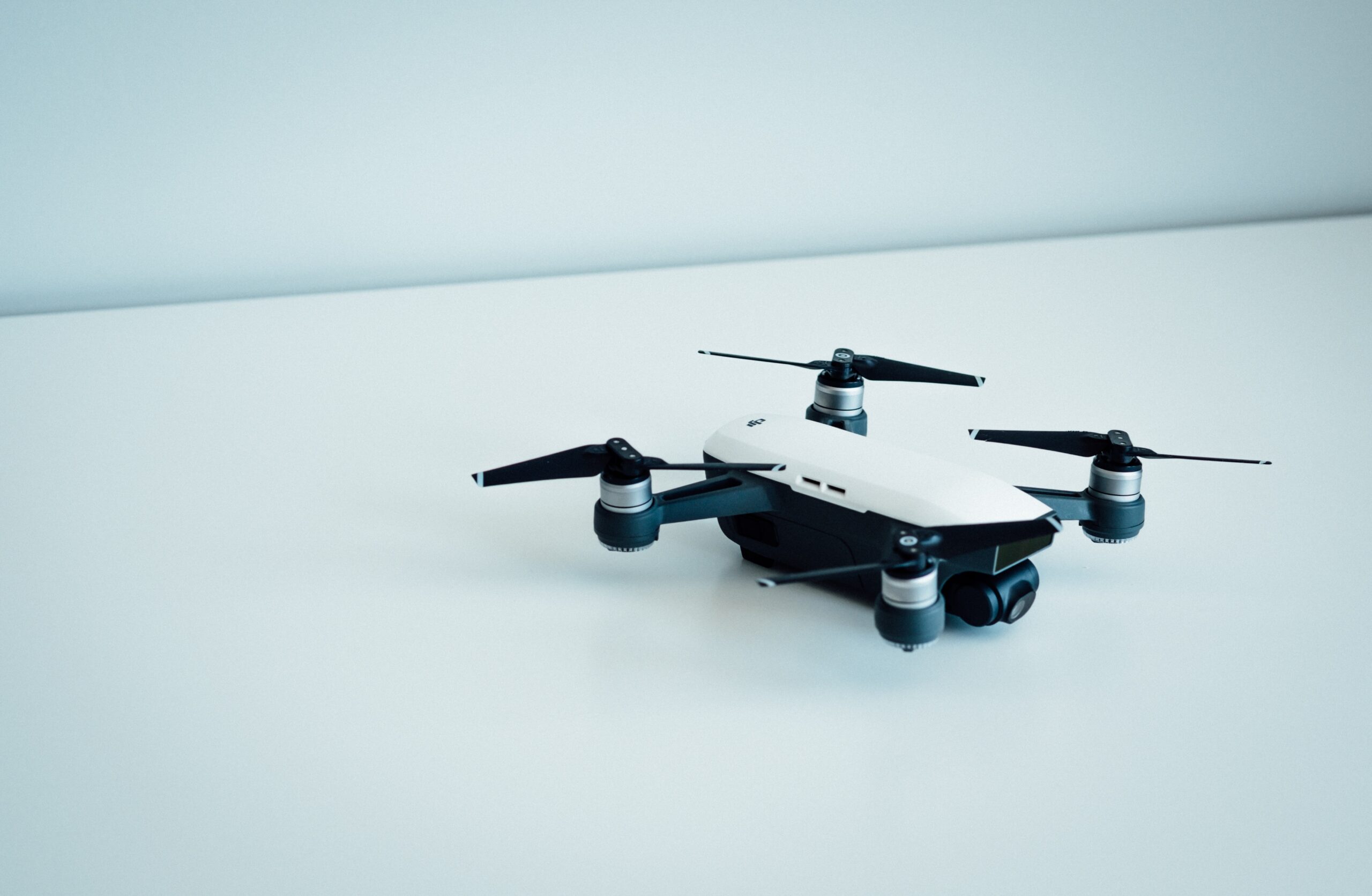Prime Air’s Delivery Dilemma: Amazon’s Drone Service Struggles to Soar
Amazon’s Prime Air, the ambitious drone delivery service, is facing challenges as it strives to meet its delivery targets. Since its launch in late December, Prime Air has completed a mere 100 deliveries, far from the projected 10,000 by the end of 2023. The service currently operates in Lockeford, California, and College Station, Texas, serving only two households in Lockeford and failing to tap into the larger market in College Station.
Regulatory hurdles pose a significant obstacle for Prime Air. Although Amazon has obtained FAA Part 135 air carrier certification, enabling drone operations, substantial restrictions exist. These limitations include nighttime flying, operations over people and roads, and beyond the visual line of sight. In November, the FAA rejected several of Amazon’s petitions to ease these restrictions, citing safety concerns regarding its latest drone model, the MK27-2.
Despite setbacks, Amazon proceeded with the launch of Prime Air in the two locations. However, the service faced layoffs and reports of lackluster performance. Prime Air’s progress pales in comparison to its competitors. Zipline boasts over 600,000 deliveries, Wing, backed by Alphabet, has surpassed 330,000 deliveries, and even DroneUp, Walmart’s drone delivery partner, has completed 110,000 deliveries, including 6,000 in the past month.
Amazon Prime Air hoped for 10,000 drone deliveries this year — it’s only done 100: Amazon’s drone deliveries are stuck in regulatory mud. | Image: Amazon
Amazon is having a tough time with Prime Air, its drone delivery program. CNBC is reporting that… https://t.co/LFLHaFhAm2 pic.twitter.com/wN36cqrG7d
— Dave Michels (@DaveMichels) May 19, 2023
The key factor differentiating these successful competitors lies in regulatory approvals. Zipline, for instance, received extensive air carrier approval from the FAA, allowing operations beyond the visual line of sight and over people. Wing also possesses similar permissions, enabling its expansion in the US and Australia. Meanwhile, DroneUp actively seeks new technologies to enhance operations and demonstrate to the FAA the safety of beyond visual line-of-sight operations.
Amazon’s struggles in securing these approvals may stem from concerns regarding Prime Air’s safety record. Accidents at the company’s test facilities have raised questions about the reliability and safety of its drones. Additionally, a lack of demand in Lockeford and College Station may hinder Prime Air’s success. Despite Amazon’s claims of significant interest, the service has garnered only a handful of sign-ups in Lockeford.
Despite these challenges, Amazon remains committed to achieving success with its drone business. However, overcoming regulatory obstacles and increasing demand for Prime Air will likely take longer than anticipated. Zipline and Wing, industry frontrunners, have leveraged their regulatory approvals to expand operations and gain a competitive edge. For Amazon, reevaluating its strategy and finding solutions to regulatory limitations and low demand are crucial steps toward realizing its drone delivery dream.
































